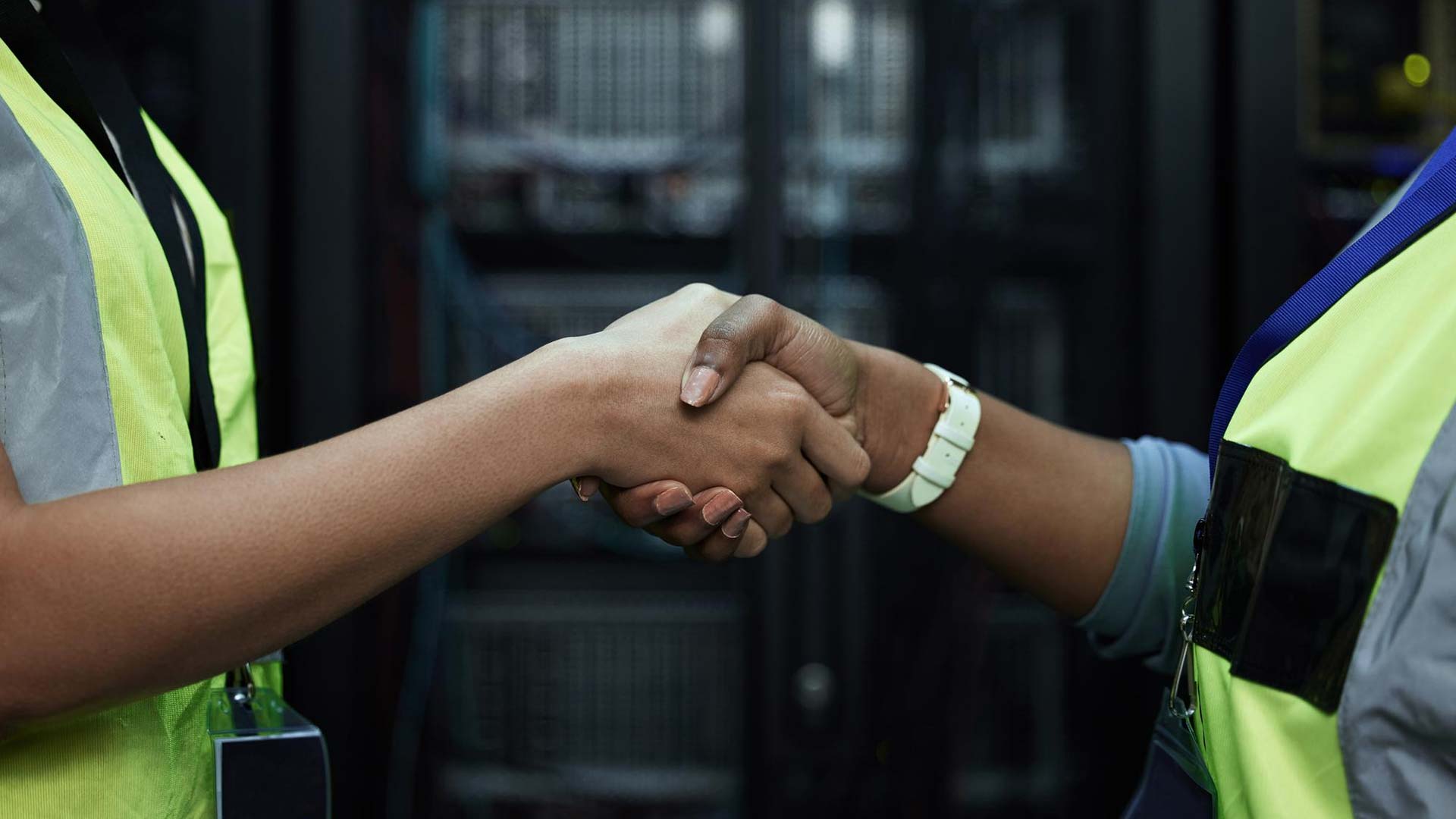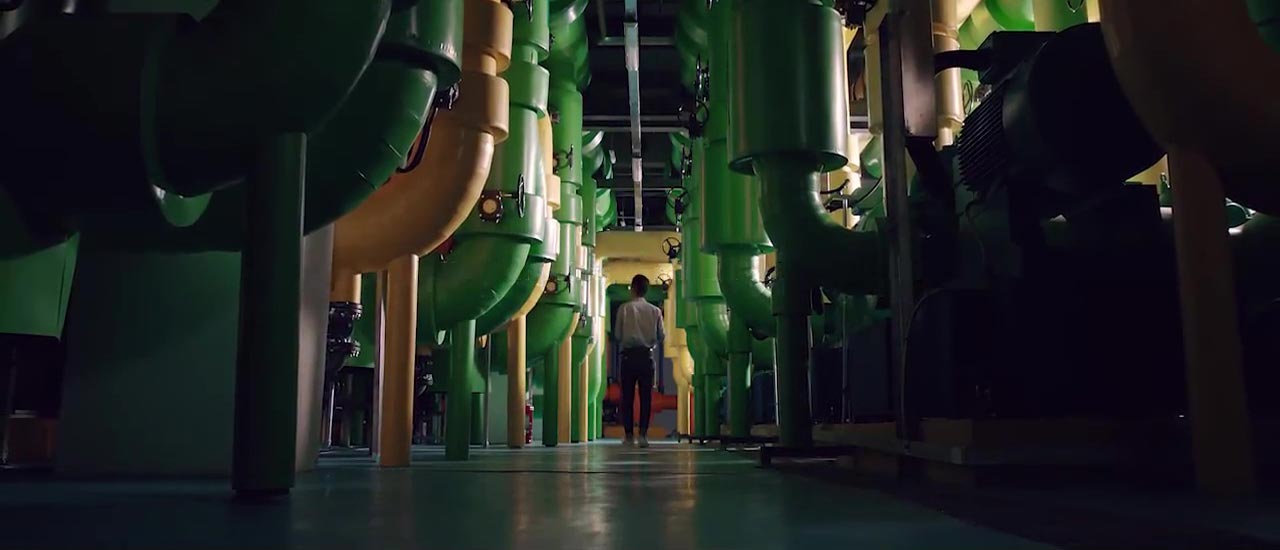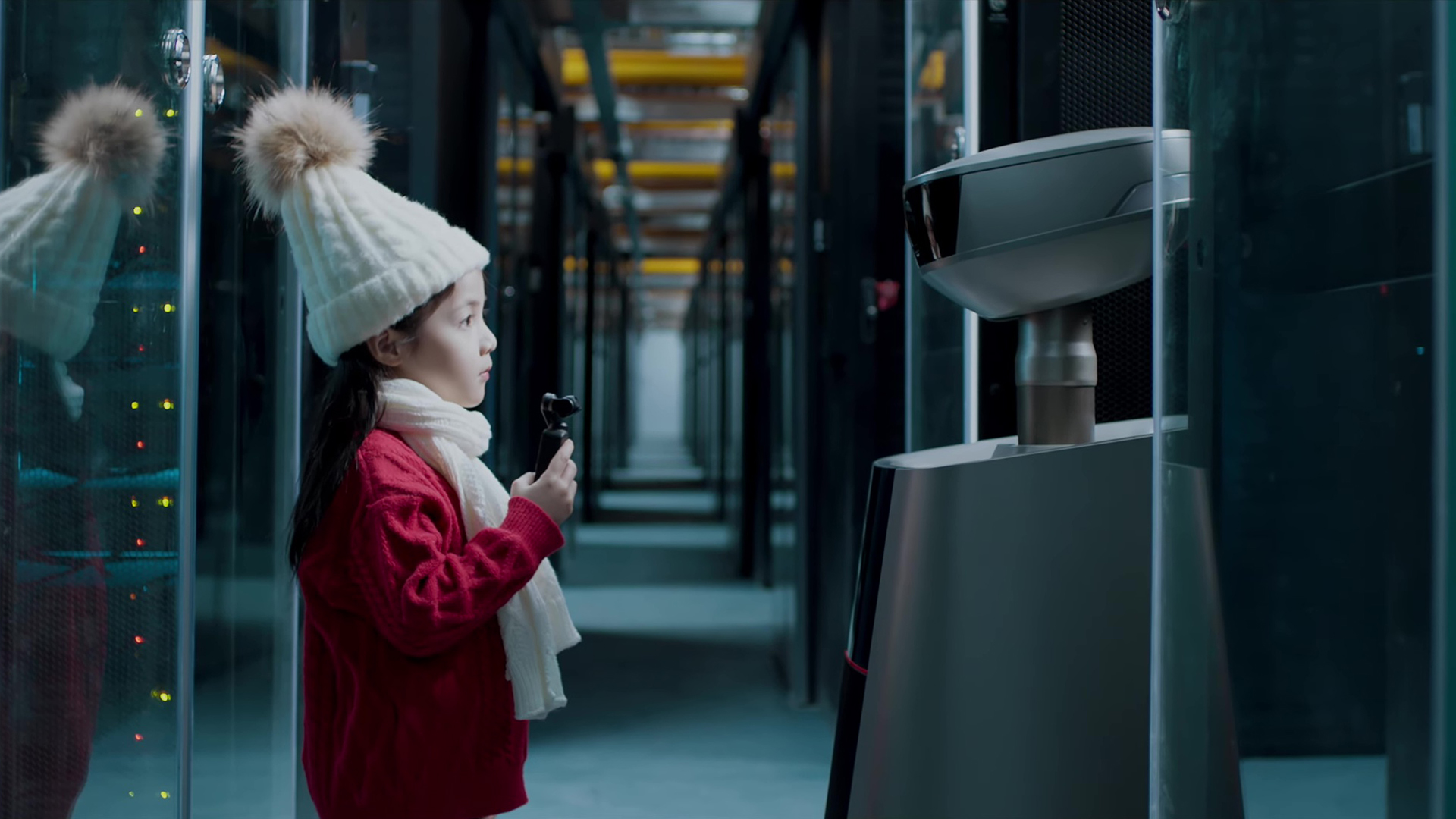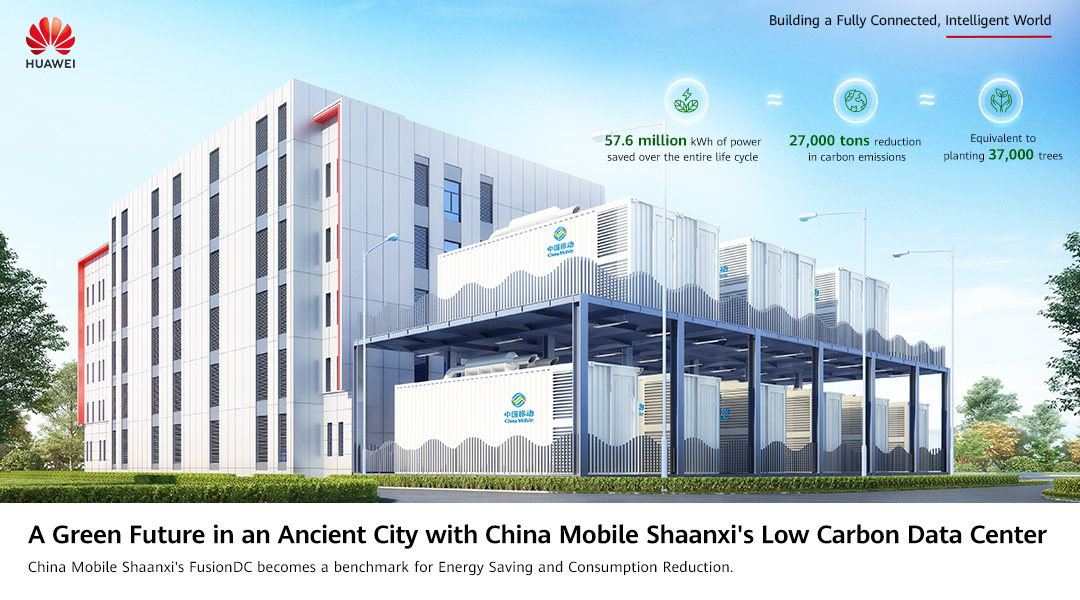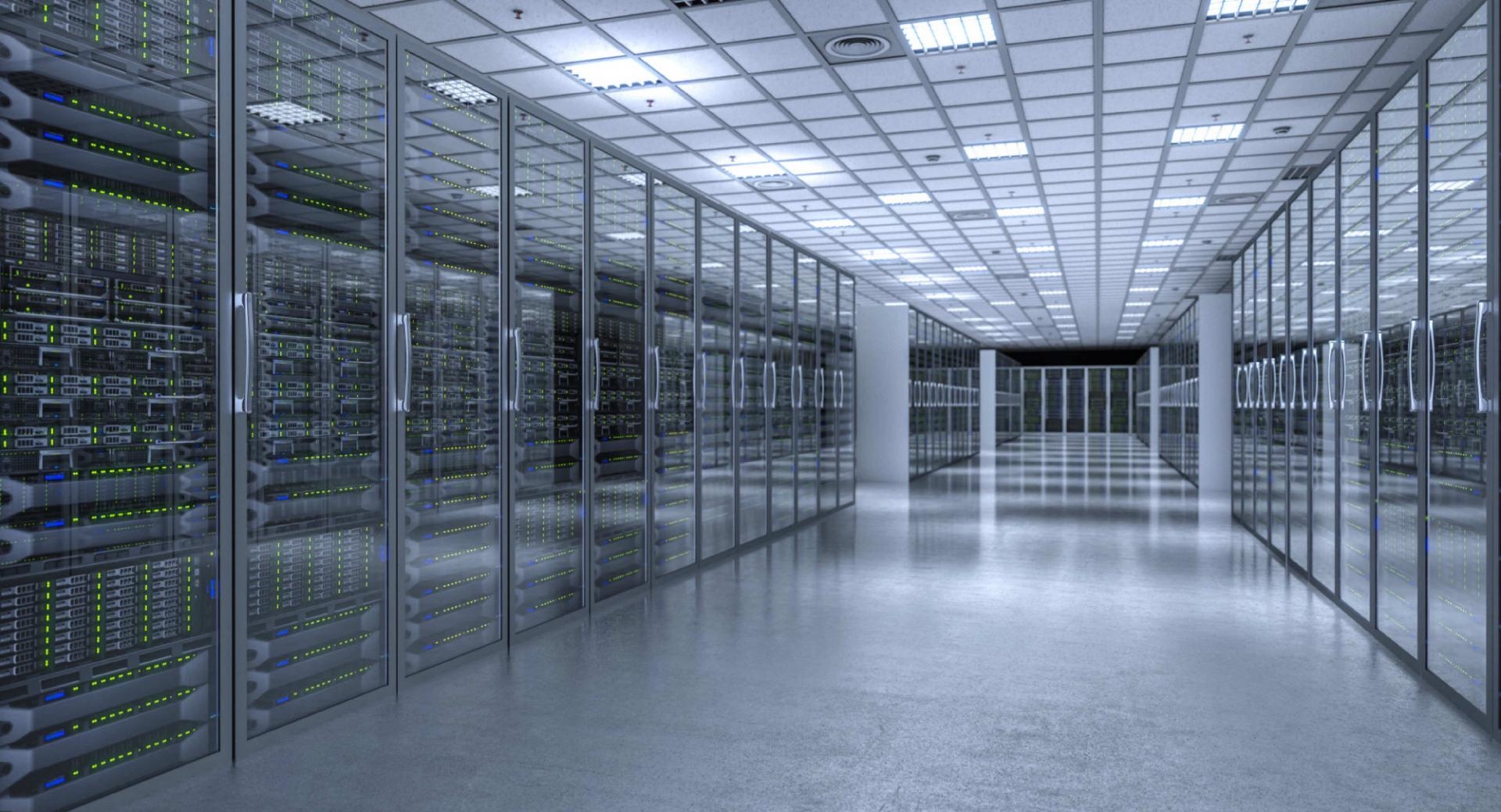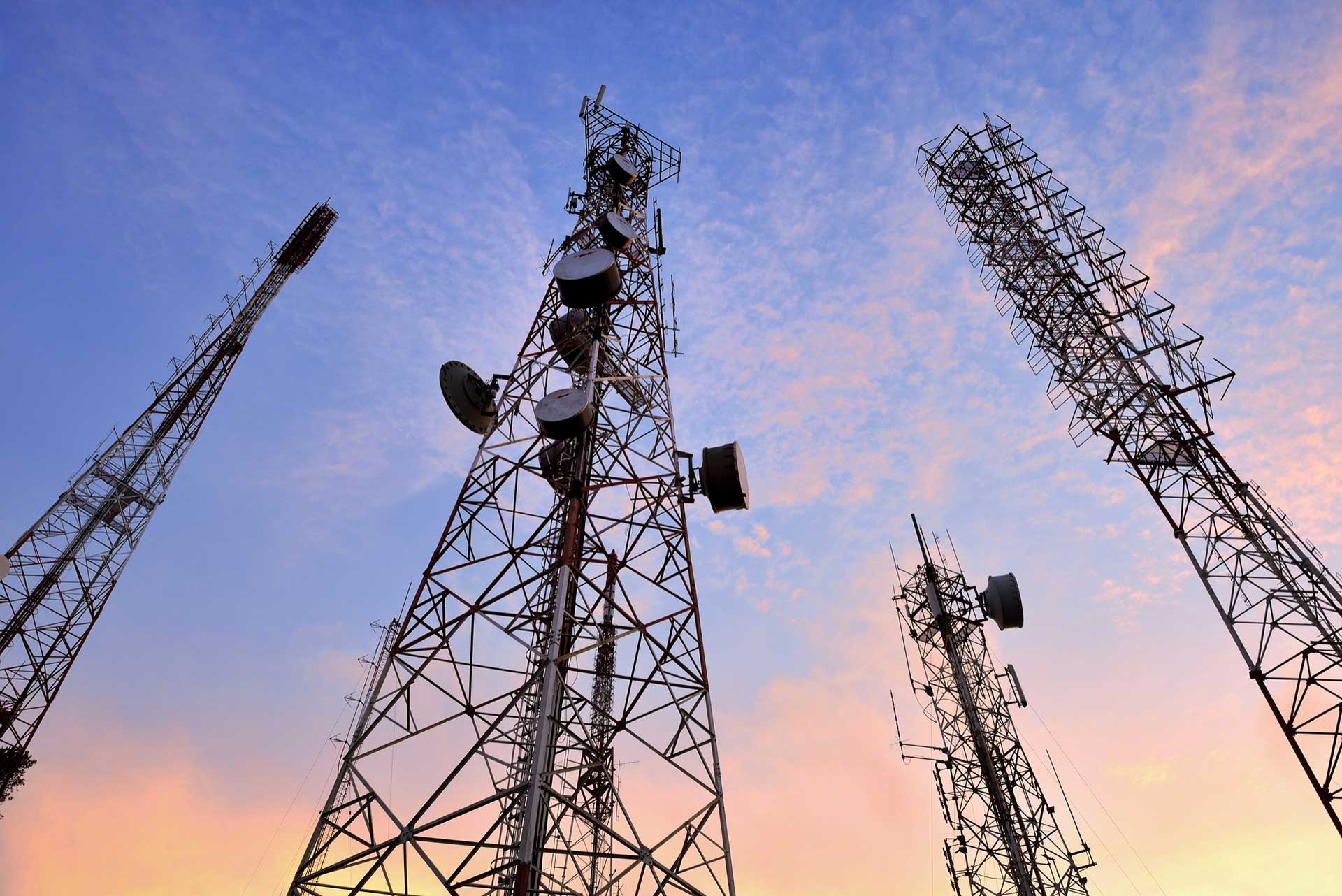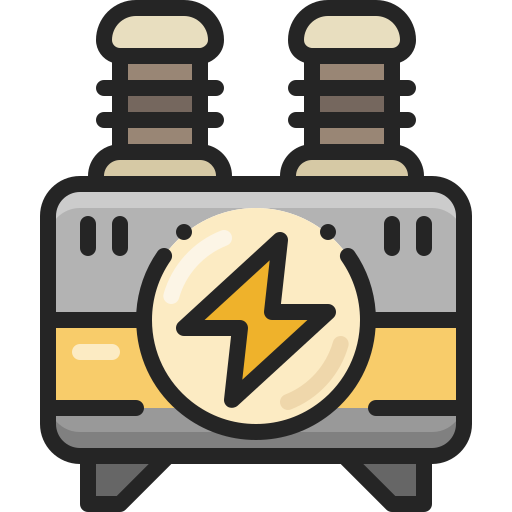
Data centers as well as other critical infrastructures are changing rapidly. Therefore, it is more important than ever to ensure that each component of the support infrastructure is operating at maximum efficiency and reliability. One of the most important ways to do so is preventive maintenance.
We will look at preventive maintenance of 4 major systems – UPS (uninterruptible power supply), very early warning smoke detection, cooling and precision air conditioning, and clean agent fire suppression.
UPS System
While numerous backup power UPS components are susceptible to failure, a preventive maintenance service plan ensures these parts (such as batteries, capacitors, air filters, component connections and redundant power supplies) are regularly examined. This greatly reduces the risk of a load loss and extends the overall lifespan of your UPS. Preventive maintenance dramatically improves the performance, availability and service life of critical equipment and significantly reduces the number of issues that your equipment experiences.
Very Early Warning Smoke Detection System
To maintain the system at its peak performance level, its suggested maintenance schedule should be followed. Its optimum operation requires that the equipment is supported by a well-designed and maintained sampling pipe network. The site conditions and the local codes and standards may require more regular maintenance than that recommended by the system provider. Maintenance frequency must be increased in industrial applications such as factories, distribution facilities and warehousing with high vehicular traffic loads since these applications commonly have high levels of background pollution.
Cooling & Precision Air Conditioning System
Precision cooling systems have been designed specifically to meet the needs of critical infrastructure heat loads and have very different service and maintenance needs than standard building air conditioning, which is designed for occupant comfort. Technologies such as digital scroll compressors, high density in the row cooling, and variable speed drives require advanced controls to be configured and networked properly. Preventive maintenance for cooling equipment should focus on such key components as air filters, blower drive systems, compressors, facility fluid and piping, and evaporator coils.
Clean Agent Fire Suppression System
Clean agent systems are particularly well suited for sensitive environments such as telecommunication sites, data centers, power plants, laboratories, art galleries, and more. This system is a great option for any enclosure that you may not want to use a sprinkler or risk getting the high value assets wet. But they must be properly maintained, which requires regular inspections and maintenance. A strict maintenance schedule would include, amongst others, verifying clean agent cylinder weight, room integrity testing and testing all clean agent system control panel equipment, container inspection, and hydrostatic test.
Remember that it is important that components in the support infrastructure of a critical facility are well-maintained. The systems are only as beneficial to safety as their own safety status. The priority is to work with manufacturer-backed industry experts such as GreenBay, to help you set up and implement a holistic inspection and maintenance strategy for your critical infrastructure.
Our certified technicians are factory-trained with extensive knowledge and hands-on experience on how to maintain these major systems to maximise performance and efficiency.

